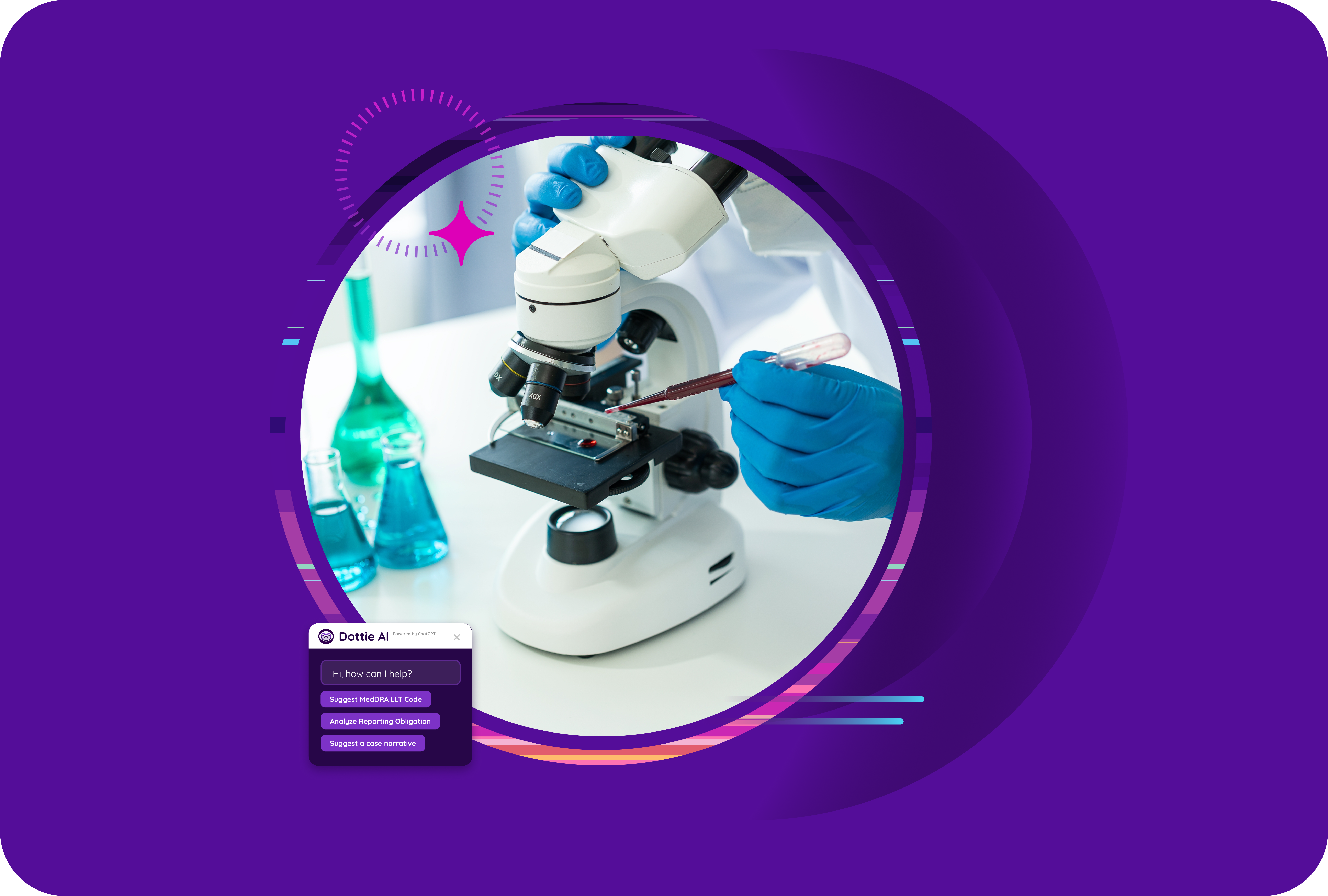
Short Answer: Yes, the FDA does test medical devices. However, the exact nature of the testing varies depending on the device’s classification and risk level.
Understanding the FDA’s Role in Medical Device Regulation
The Food and Drug Administration (FDA) is a federal agency responsible for protecting public health by ensuring the safety, efficacy, and security of food, drugs, medical devices, cosmetics, and electronic products. Within the FDA, the Center for Devices and Radiological Health (CDRH) is specifically tasked with regulating medical devices.
The CDRH’s mission is to promote public health by ensuring that medical devices are safe, effective, and available to patients. To achieve this, the CDRH establishes and enforces regulations that govern the development, manufacture, and distribution of medical devices. These regulations are designed to protect patients from harm and to ensure that medical devices meet high standards of quality and performance.
The CDRH’s regulatory authority extends to a wide range of medical devices, including:
- Diagnostic devices: Devices used to diagnose diseases or conditions, such as blood pressure monitors, X-ray machines, and laboratory equipment.
- Therapeutic devices: Devices used to treat diseases or conditions, such as pacemakers, artificial joints, and surgical instruments.
- In vitro diagnostic devices: Devices used to test samples of human or animal tissue or fluids, such as pregnancy tests and blood glucose meters.
- Radiological devices: Devices that emit or detect radiation, such as X-ray machines, CT scanners, and MRI machines.
The CDRH’s regulatory oversight includes the following key activities:
- Pre-market review: The CDRH reviews pre-market submissions from manufacturers, such as pre-market approvals (PMAs) and 510(k) notifications, to assess the safety and efficacy of medical devices before they are allowed to be sold in the United States.
- Post-market surveillance: The CDRH monitors the safety and efficacy of medical devices after they have been approved for sale. This includes collecting and analyzing data on adverse events, recalls, and other safety issues.
- Enforcement: The CDRH takes action to enforce its regulations, which may include issuing warning letters, recalling defective products, and imposing civil penalties.
- Education and outreach: The CDRH provides education and outreach to healthcare providers, patients, and the public about medical device safety and regulation.
By effectively regulating medical devices, the CDRH plays a vital role in protecting public health and ensuring that patients have access to safe and effective medical treatments.
The FDA’s Testing Process
The FDA’s testing process for medical devices is multifaceted and involves several key steps:
- Pre-Market Submission: Manufacturers must submit pre-market applications to the FDA, providing detailed information about the device, including its design, manufacturing process, and safety and efficacy data.
- Risk Classification: The FDA classifies medical devices into three categories based on their risk level:
- Class I: Low-risk devices, such as tongue depressors and bandages.
- Class II: Moderate-risk devices, such as blood pressure monitors and insulin pumps.
- Class III: High-risk devices, such as pacemakers and artificial heart valves.
- Testing Requirements: The testing requirements for a medical device depend on its classification. Class I devices generally require less testing, while Class III devices often require extensive clinical trials and data.
- Review and Approval: The FDA reviews the pre-market submission, including any testing data provided by the manufacturer. If the agency determines that the device is safe and effective, it may grant approval for sale in the United States.
Types of Testing Conducted by the FDA
The FDA conducts a variety of tests on medical devices, including:
- In vitro testing: This involves testing the device in a laboratory setting, often using cell cultures or other biological models. For example, a new type of wound dressing might be tested in vitro to assess its ability to promote wound healing.
- In vivo testing: This involves testing the device in animals to assess its safety and efficacy. For example, a new type of artificial heart valve might be tested in pigs to evaluate its performance and durability.
- Clinical trials: This involves testing the device in humans to assess its safety, efficacy, and performance in real-world conditions. Clinical trials are typically divided into three phases:
- Phase I: Small-scale studies to assess safety and tolerability.
- Phase II: Larger studies to assess efficacy and identify optimal dosage.
- Phase III: Large-scale studies to confirm efficacy and safety in a broader population.
- Post-market surveillance: The FDA continues to monitor the safety and efficacy of medical devices after they have been approved for sale. This may involve collecting data from healthcare providers and patients to identify any adverse events or safety concerns.
The Role of Manufacturers in Testing
While the FDA plays a crucial role in testing medical devices, manufacturers also bear significant responsibility. They must conduct rigorous testing to ensure the safety and efficacy of their products before submitting them to the FDA for approval. This may involve conducting in-house testing or outsourcing testing to specialized laboratories.
Manufacturers are often required to conduct the following types of testing:
- Design verification and validation: This involves ensuring that the device meets its intended specifications and performs as intended.
- Biocompatibility testing: This involves assessing the device’s interaction with the body to ensure that it does not cause any adverse reactions.
- Performance testing: This involves assessing the device’s ability to perform its intended function under various conditions.
- Reliability testing: This involves assessing the device’s durability and longevity.
- Safety testing: This involves assessing the device’s potential for causing harm, such as injury or infection.
The FDA’s Role in Ensuring Device Safety and Efficacy
The FDA’s testing process is designed to ensure that medical devices are safe and effective for use. By requiring manufacturers to conduct rigorous testing and reviewing their submissions, the FDA helps to protect public health. Additionally, the FDA’s post-market surveillance program allows the agency to identify and address any safety concerns that may arise after a device has been approved for sale.
Ultimately, the FDA plays a crucial role in ensuring the safety and efficacy of medical devices. By conducting in depth testing and requiring manufacturers to meet high standards, the FDA helps to protect public health and ensure that medical devices are safe and effective for use.
An effective electronic Quality Management System (eQMS) can help manufacturers meet these strict FDA requirements, ensuring that devices not only gain approval but continue to perform safely and effectively throughout their lifecycle.
Learn more and get a step-by-step guide to eQMS selection by downloading our white paper.


